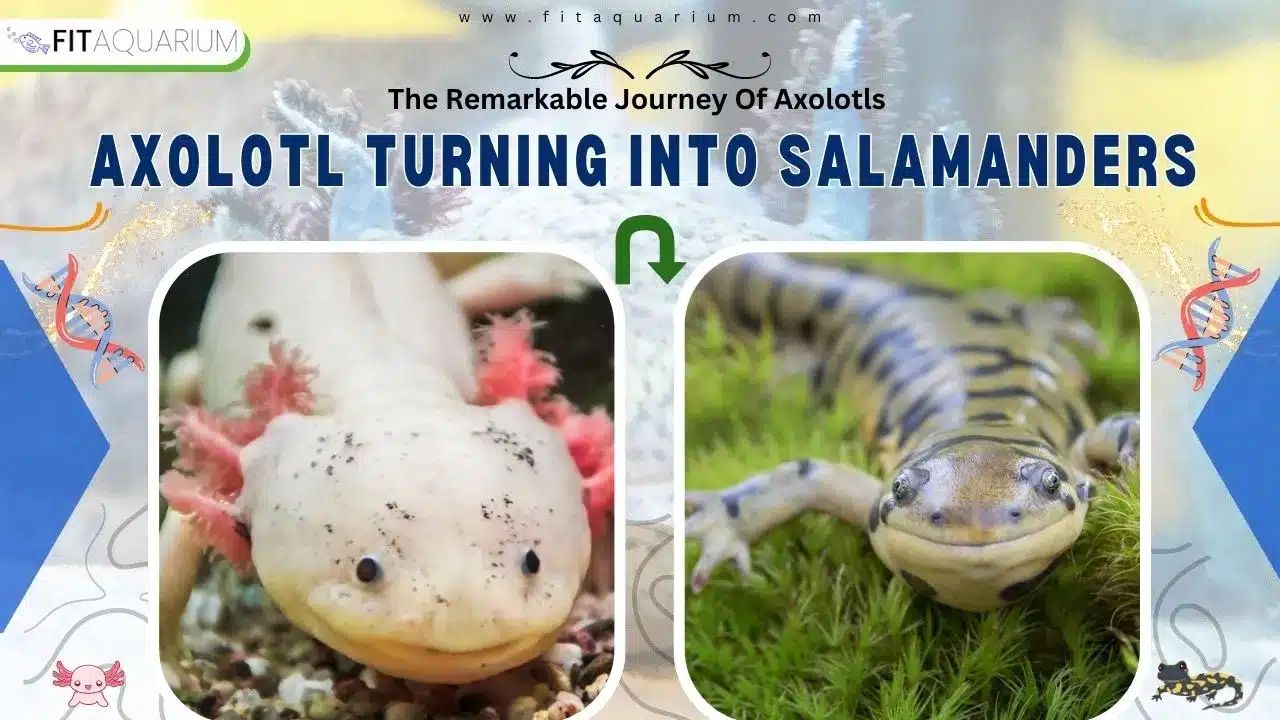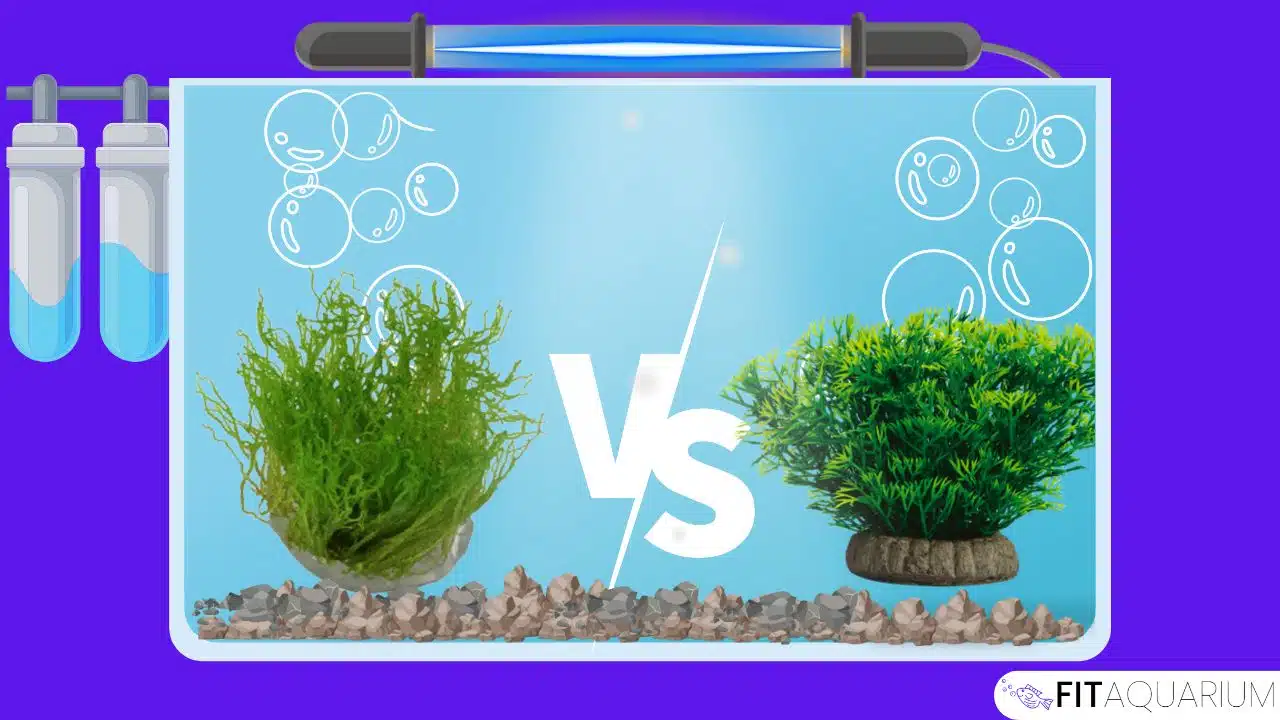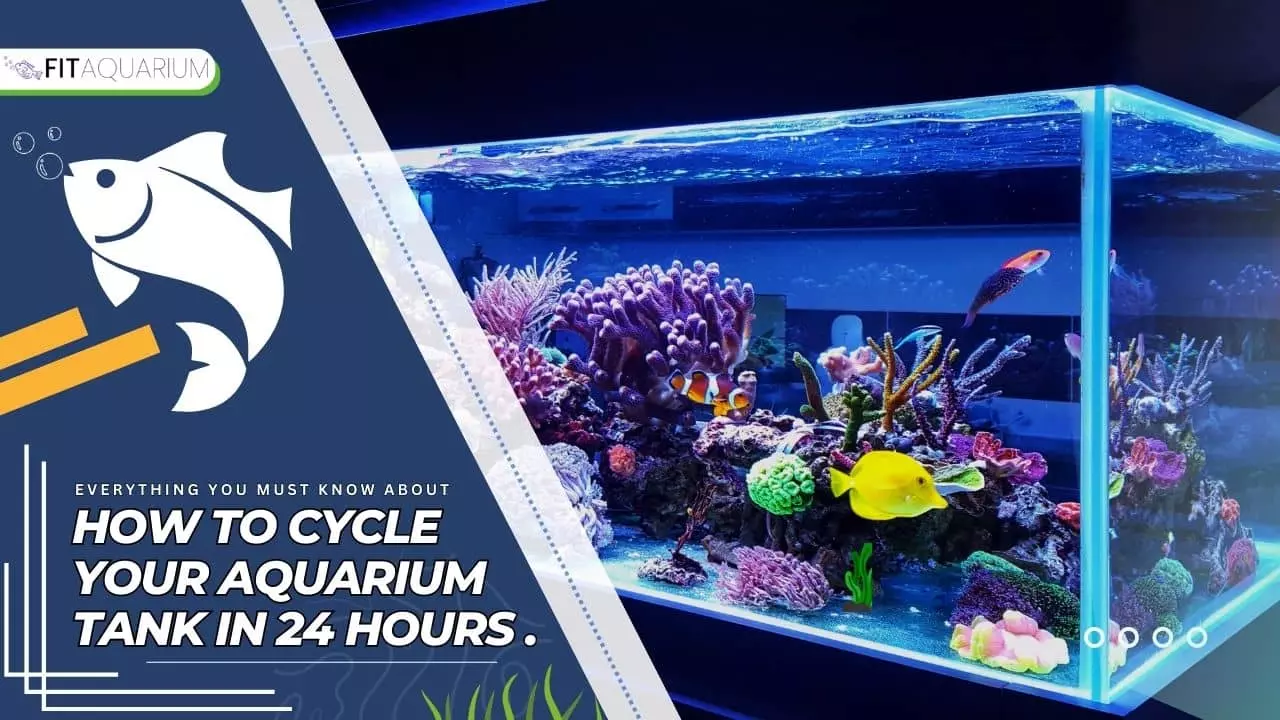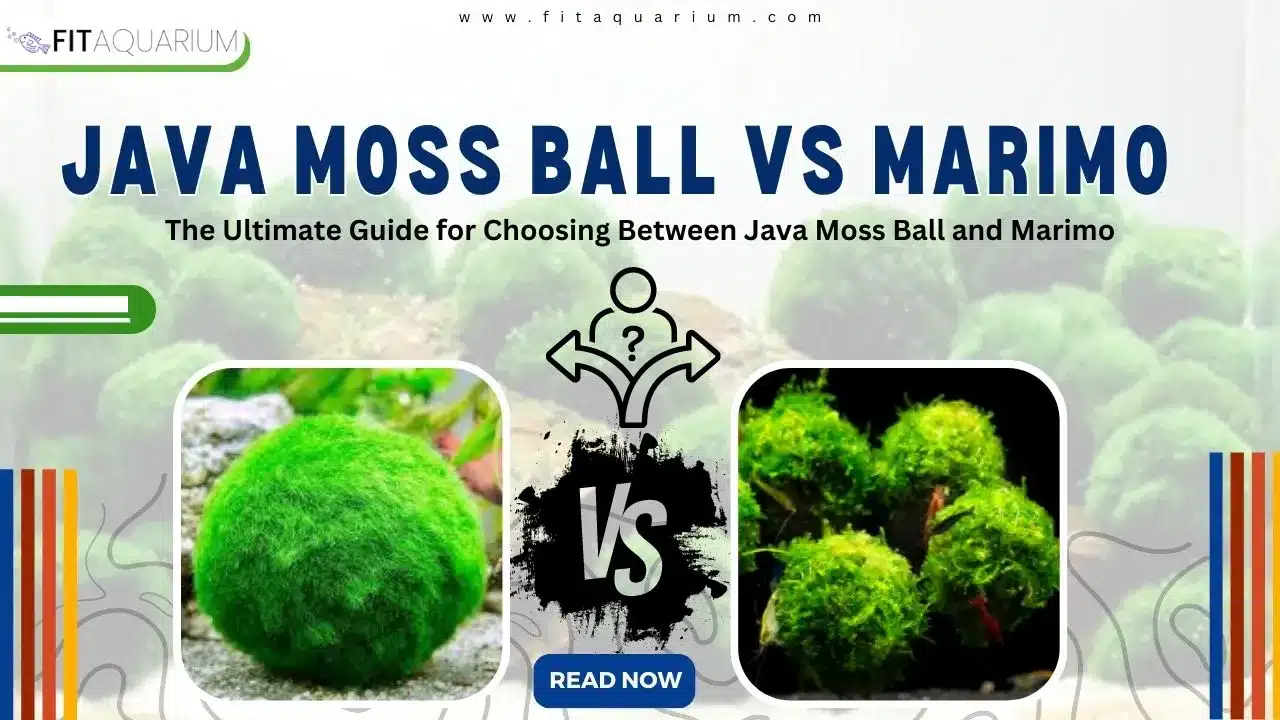Axolotls, you must have heard about them, Right? These fascinating creatures may not be as famous as lions or elephants, but they have a unique ability that makes them different from other animals: “The Transformation Power!”. Axolotls, commonly known as Mexican walking fish, are amazing amphibians native to the canals of Mexico City.
Get ready to be amazed as we are going to explore the remarkable journey of axolotl turning into salamander as these amazing water-dwelling organisms undergo an incredible change.
In this article, I will cover all the factors which must be kept in mind by a person regarding this transformation. Let’s have a quick look over some stats for an axolotl
| Property | Value |
|---|---|
| Common Name | Axolotls |
| Scientific Name | Ambystoma Mexicanum |
| Origin | Mexico |
| Animal Type | Amphibians |
| Diet Nature | Carnivore |
| Average Lifespan in the Wild | 10 to 15 Years |
| Size | Upto 12 Inches |
| Weight | 2 to 8 Ounces |
| IUCN Red List Status | Critically Endangered |
| Current Population Trend | Decreasing |
Table of Contents
What are Axolotls?
Axolotls are amphibians with attractive features including a charming smile, feathery exterior gills, and delicate tangled crests, giving them the appearance of an unusual creature from a fictional story. They float over the water with grace, as if they’ve discovered the key to endless youth. However, as I know, their journey has the potential for even superior transformations.
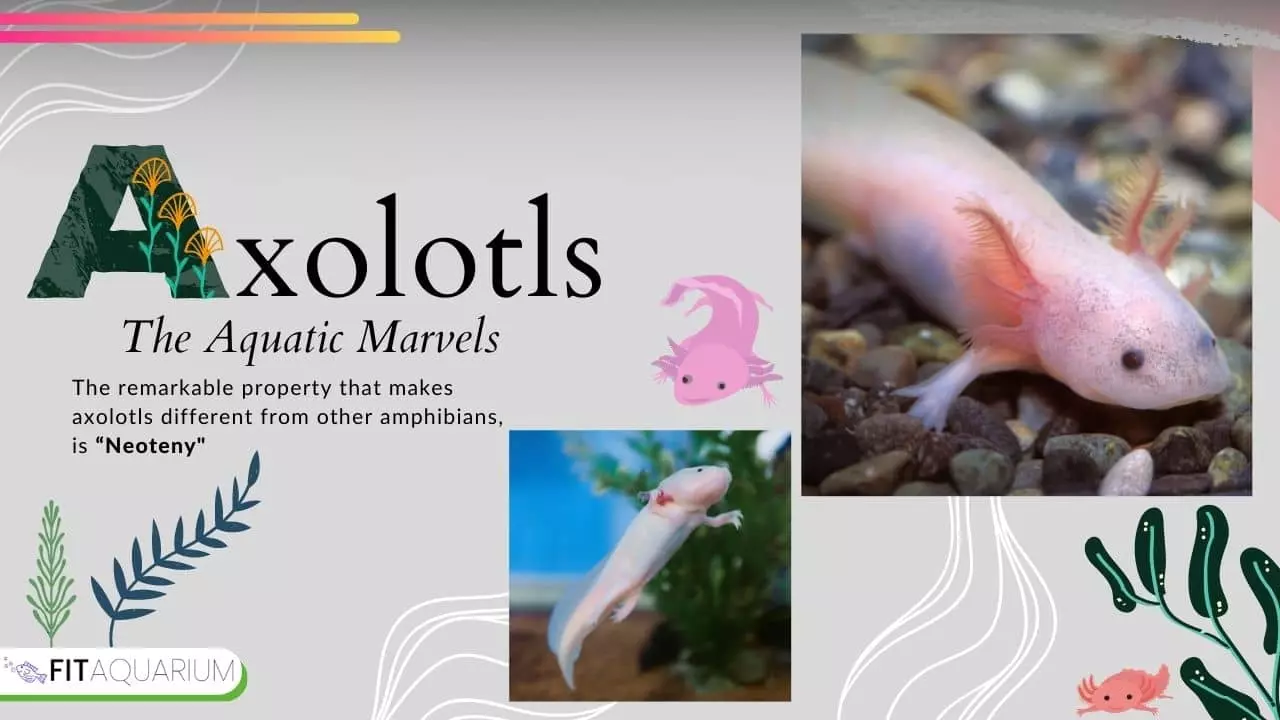
The remarkable property that makes your axolotl pet different from other world of amphibians, is “Neoteny”.
Neoteny is the retention of young qualities into the adult form, which means that axolotls keep their gills, marine lifestyle, and juvenile form for the rest of their lives. This makes Axolotls pretty special and interesting for scientists to study!
What are Salamanders?
Salamanders basically belong to amphibians and when you see it, you will consider it as a lizard because its appearance is much similar to lizards. They have slender bodies, blunt snouts, short limbs that project at right angles to the body, and a tail in both larvae and adults.
Difference between Axolotls and Salamanders
Let’s see a quick difference between axolotls and salamanders from the captivating world of amphibians.
| Axolotls | Salamanders |
|---|---|
| Axolotl (pronounced ACK-suh-LAH-tuhl) is a type of salamander that is native to the ancient lake system of Xochimilco Lake in Mexico. It’s also commonly referred to as the “Mexican walking fish,” even though it’s not a fish but an amphibian. | Salamanders belong to a diverse group of amphibians following the order Caudata (or Urodela). They are famous for their appearance as they look like lizards. These creatures have long bodies, tails, and smooth, moist skin. Salamanders can be found in a wide range of habitats, from forests and grasslands to aquatic environments such as ponds, streams, and even below the surface of the earth. |
| Axolotls are distinguished by their feathery external gills, which resemble a crown around their heads. They have a flat body, a long tail, and a range of colors that include pink, white, grey, and brown. | Salamanders come in a variety of sizes, colors, and shapes. Some are small and delicate, while others can grow quite large and robust. They naturally have four legs, but some aquatic species have fewer or even no limbs in some cases. Their skin is porous and moist, making them sensitive to changes in their environment. Unlike other reptiles, they lack scales. |
I have also analyzed the differences between mudpuppy and axolotl. You can read our comparison of mudpuppy vs axolotl.
Now let’s move ourselves to find the reasons, why axolotl turns into salamander.
Why does an Axolotl turn into a Salamander?

You must have a question in mind Why do these attractive creatures turn into salamanders? Why would an axolotl morph? What are the circumstances which force axolotls to undergo this metamorphosis? The following factors are responsible for this unique and extraordinary lifestyle shift:
- Change in Thyroid Hormone Levels
Changes in thyroid hormone levels particularly thyroxine can cause the underwater axolotls to turn into terrestrial adults.
- Hormonal Manipulation
Hormone manipulation has the potential to override neotenic development and stimulate metamorphosis causing the change from axolotls to salamanders.
- Increase in Iodine Concentration
Iodine levels in the setting can possibly affect axolotl’s thyroid hormone levels, potentially leading to transformation. Axolotls raised in captivity on iodine-enriched diets have been reported to undergo metamorphosis in some cases.
- Miscellaneous Environmental Stressors
Crowding, high population densities, changes in water conditions, and limited food availability are some factors that can act as stressors in axolotls, causing them to undergo metamorphosis and become salamanders.
- Genetic Variability
Axolotls’ ability to undergo metamorphosis or remain in God-gifted form, is determined by genetic factors. Some axolotl species may have more genetic diversions, allowing them a tendency to transform and emerge under certain conditions. It has been observed that rare axolotls possessing genes from Tiger Salamander have more tendency to naturally go through metamorphosis.
- Aging
In a few cases, axolotls can show metamorphic characteristics as they grow older and older. This is more noticeable in older individuals and may include changes in body shape, limb development, coloration, etc
- Other Factors
Poor water quality, characterized by high levels of ammonia or nitrates can trigger this transformation. Similarly, exposure to high luminance or higher temperatures (more than 20 °C) can force the transformation of an axolotl into a salamander.
Now it is the time to find out what phases the axolotls have to cross during this great change. Let’s dive into this
The Enigmatic Process of Axolotl Morph
One of the most marvelous features of Axolotls is their capacity to maintain unending youth. Unlike most other amphibians, they never undergo a full metamorphosis into adulthood. As an alternative, they remain aquatic and retain their gills throughout their lives, which allows them to breathe underwater quite comfortably.
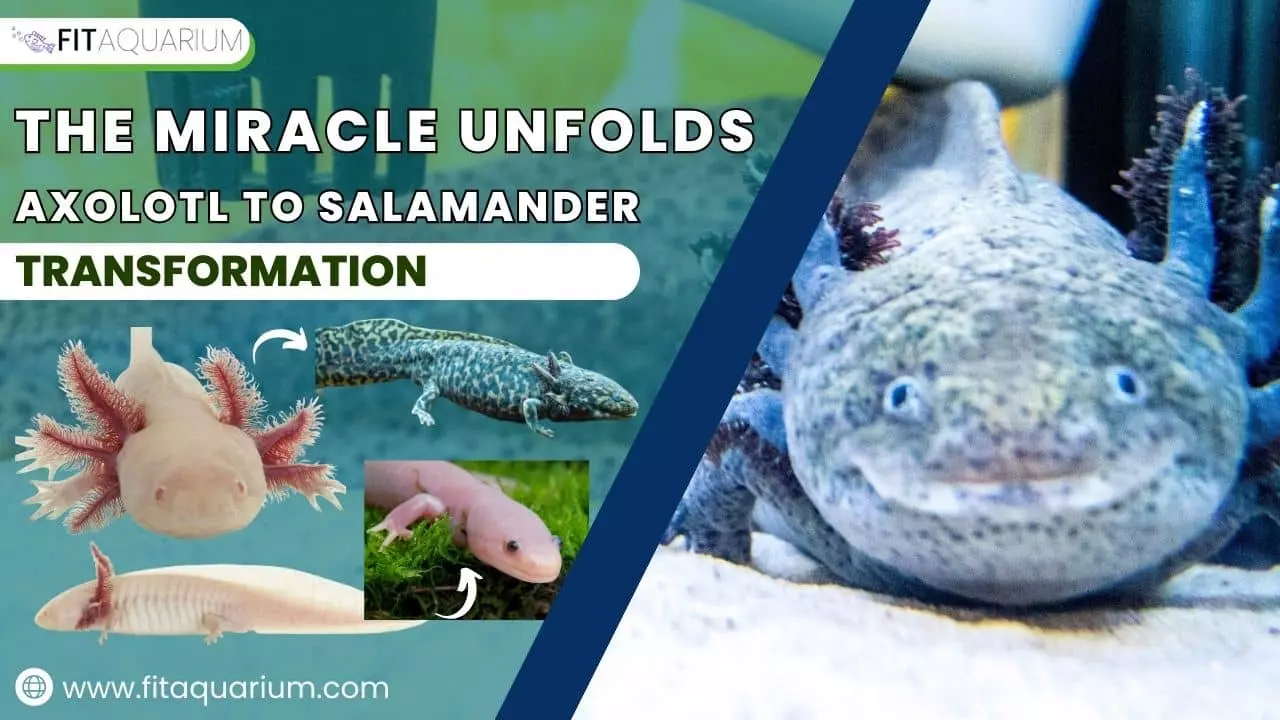
But here comes the most sensational thing regarding these beings: under specific conditions, axolotls can completely turn into salamanders! Yeah, you heard right, they completely turn into an air-breathing adult salamander. It’s almost as if they have a hidden secret that permits them to accept a completely different life. Rare morph axolotls lose some regeneration abilities, but those who retain their paedomorphic state are masters of regrowing entire limbs.
When an axolotl undergoes metamorphosis, it undergoes a transformation that makes it resemble an adult plateau tiger salamander. However, despite this resemblance, there are slight differences between the two. One notable distinction is in the length of their toes. Axolotls have longer toes.
In this blog, we will investigate this astonishing transformation – axolotl turning into salamander, exploring the captivating journey of axolotls as they embrace a new form and venture from water to land.
Phase I – The Call of Change
While axolotls normally are aquatic, they do have the ability to naturally undergo metamorphosis under certain conditions. The chances increase if your axolotls are hybridized with tiger salamanders. Scientists have been exploring this unexplained phenomenon for years, trying to understand what the causes behind this notable transformation are. Many factors affect this scenario, including environmental cues and internal factors. While it occurs occasionally in the wild, axolotls can undergo this amazing transformation under specific conditions such as changes in water quality, temperature, or hormonal factors.
Environmental factors such as the quality of water, temperature ranges, and food availability and variety, all play an important role in waving the axolotls that it is time for a change. If the habitat starts to deteriorate, food becomes rare, or water temperature becomes unfavorable, the axolotl is encouraged to consider a change.
Hormonal changes are also involved in the decision-making process. Researchers discovered that specific hormone levels, such as thyroid hormone and corticosterone, are associated with metamorphic change. These hormones act as a messenger. They transmit impulses throughout the axolotl’s body that cause alteration.
Furthermore, genetic factors also influence the possibility of mutation. All axolotls are not capable of transforming themselves into salamanders. Some of them may have a genetic tendency that makes them more susceptible to change under specific settings.
Phase II – The Transformation
Here is the transformation process of an axolotl turning into a salamander in different body parts.
- Limbs
When axolotl morphs, I assure you, the sight must be magnificent. The metamorphosis is a slow process that takes many weeks to complete. The body of the axolotl starts to change and the growth of limbs is the first sign of this change. As limbs grow longer and stronger. Tiny limbs grow from their sides, resembling little buds that will later develop into full limbs like fully developed legs. The axolotl’s body becomes more healthy as its limbs expand, making it ready to live on land.
- Gills
The gills, which are vital for breathing underwater begin to fade away gradually throughout the metamorphic process. Axoltols start to lose their gills. This provides enough room for the development of their lungs. This is also a sign that indicates that these organisms are now going to breathe in air on land.
- Tail and Texture
As they begin to walk around over the land, their tails become shorter and changes could be observed in skin to adapt a more terrestrial texture forming a salamander-like organism. Their previously slim body, appropriate for swimming, adapts to the new surroundings, preparing them to turn into land creatures
Rare Axolotl Morphs have unique appearances and transformation behaviors that can vary from individual to individual.
Another question arises here Can we artificially make axolotls to transform into salamanders? I am going to give you an idea about this thought too.
Artificial or Experimental Metamorphosis in Axolotls
Scientists have made significant progress in the artificial or experimental induction of metamorphosis in axolotls in the past few years. You have to keep proper care of captive axolotls in your tank during whole this process. The following are the steps involved in this process
- Environmental Stimulation
Axolotls are exposed to exaggerated environmental factors such as temperature, light, and water quality changes.
- Hormonal Trigger
Hormones such as thyroxine are given to axolotls to start the artificial experimental metamorphosis.
- Diet Variations
Axolotls are fed a specialized food that promotes metamorphosis, which includes insects and other high-protein foods.
- Transformation Initiatives
Physical transformation into a salamander starts in these cute species as a result of the above-mentioned steps, such as limb development and loss of gills which indicates that metamorphosis has been initiated.
- Complete Transformation
At last, there comes a point where axolotls completely morph into salamanders.
Although the above-mentioned experiment looks fascinating for research purposes it should be conducted with extreme care for axolotls to ensure the well-being of the delicate creatures. Moreover, the most important thing that should be kept in mind while doing such an experiment is that not all axolotls may successfully achieve complete metamorphosis, because individual variations can occur as a challenge.
Can we stop the triggered metamorphosis in Axolotls?
Now you’ve learned the whole process of axolotl turning into salamander, let’s look at how to stop this change in your pet.
As extra iodine or thyroxine can accelerate axolotl’s transformation, decreasing the amount of these substances in the environment can do an excellent job of stopping this transformation. Ensure that your axolotl’s environment and diet do not contain the above-mentioned chemicals. Iodine and thyroxine can be found in a variety of insects that axolotls consume, so including a variety in your pet’s diet can make your goal easy to achieve.
It is also important to keep the proper water parameters in check. As axolotl enthusiasts, we must also help to prevent the axolotl’s extinction.
Challenges and Risks of Metamorphosis
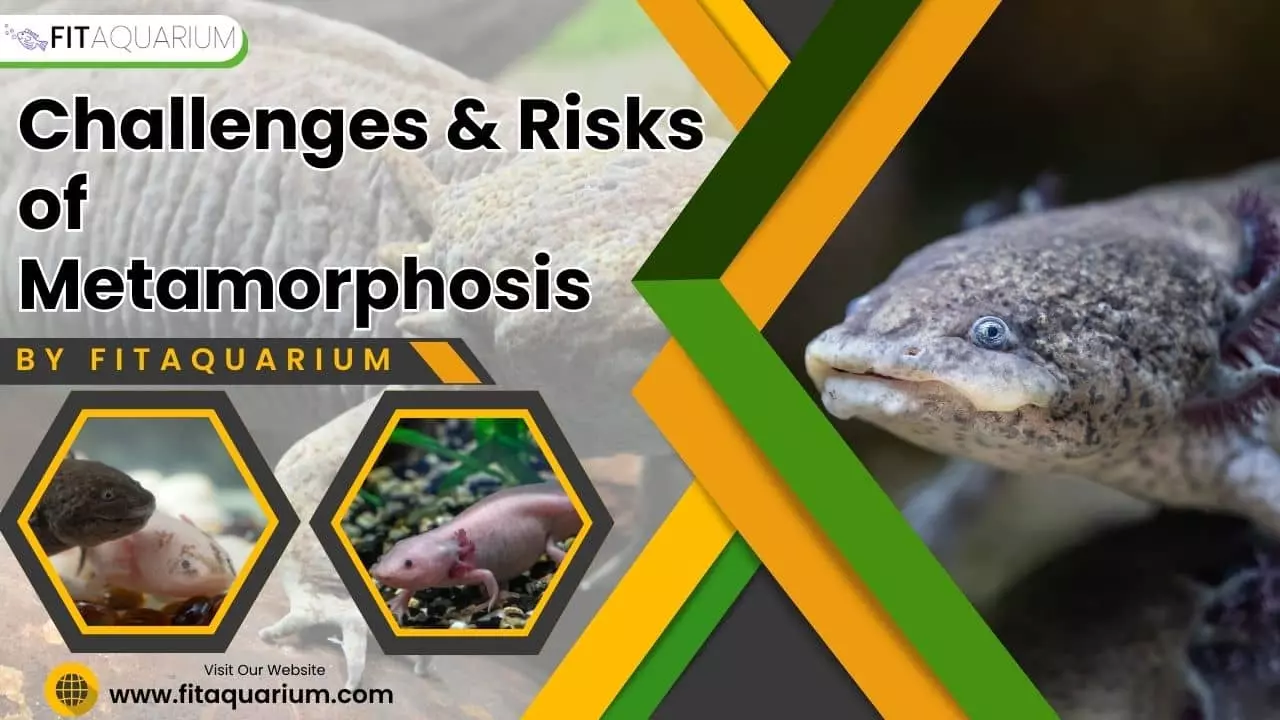
This exceptional ability comes with its own set of difficulties. Many factors can affect the efficiency of the metamorphosis, including the axolotl’s overall health, food availability during the phase, and the presence of potential predators.
Axolotls go through a lot of stress during the transformation. In the wild, the process can be highly risky. Many do not survive this change. Metamorphosis poses severe risks in the wild. Axolotls are susceptible at this time because they are migrating from their aquatic habitat to a new earthly environment. They may face hunters that can target newly changed salamanders, the life on land could have more difficulties than hunters, particularly if they cannot find sufficient food sources.
As a result, several conservation efforts aim to keep axolotls in their aquatic animal form, ensuring they thrive in their natural habitat.
Significance for Science and Medicine
Scientists believe that researching axolotl metamorphosis might provide useful information.
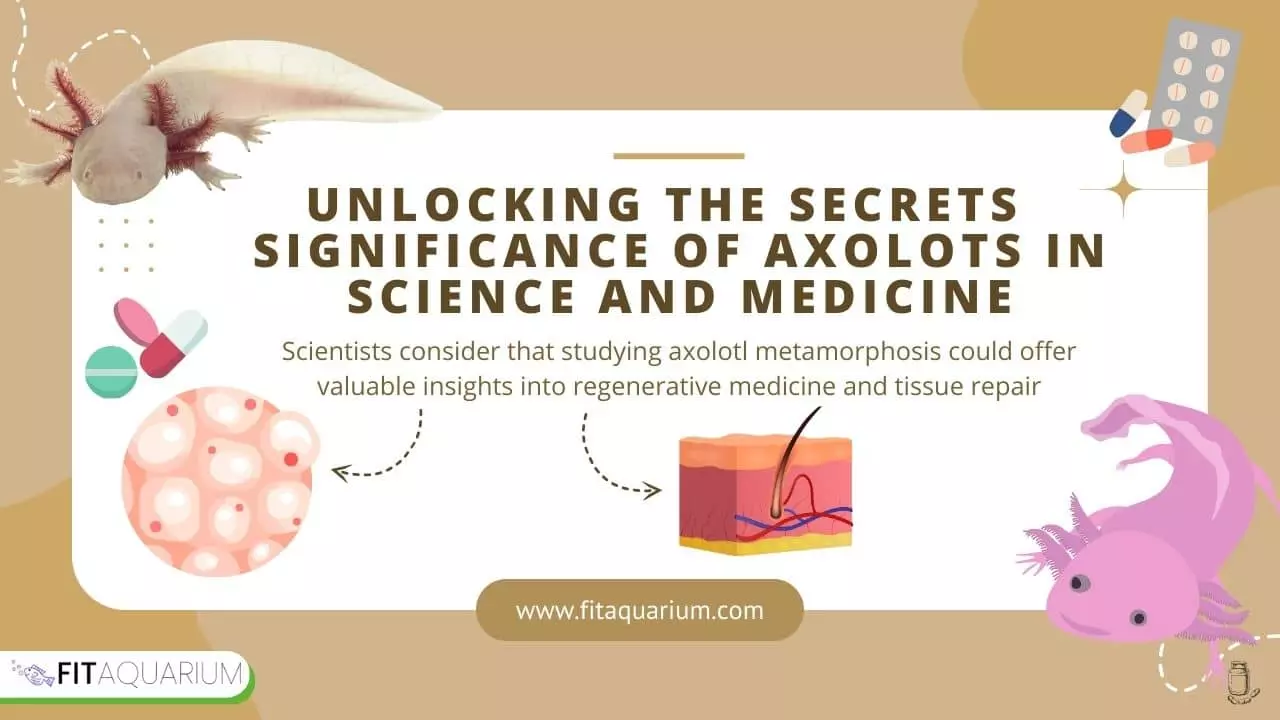
Here are some of the benefits of metamorphism for science and medicine.
- The transformation of an axolotl provides insights into regenerative medicine and tissue restoration.
- Understanding the transformation mechanism may aid in the regeneration skills of human tissue.
- Potential for faster healing of injuries, including limb regeneration.
- The study of variables that initiate metamorphosis provides information on hormonal and genetic aspects.
- It is possible to get insights into human organ growth and processes.
- Conversion of complex signaling networks aids knowledge of human development.
Conclusion: A Tale of Wonder and Discovery
The process of axolotl turning into salamander is a mesmerizing journey of miracle and discovery. For decades, these exciting mortals have enchanted humanity, encouraged scientific studies, and sparked our curiosity in nature’s mysteries.
As we continue to understand the mysteries of this surprising change, let us respect and save these unique individuals and their habitats, ensuring that the beautiful story of axolotls and their incredible transformations lives on for future generations. We must take care of them as it has been announced that axolotls are critically endangered in the wild by IUCN. It is astonishing to think that these entities, which were once perfectly adapted to life in the water, can adjust to living on the land so easily. To me, this transformation of axolotls into salamanders is really miraculous!
Frequently Asked Questions
Here are some Frequently Asked Questions about the topic.
-
Why did my axolotl turn into a salamander?
Metamorphosis is the natural process through which your axolotl turns into a salamander. This transition is triggered by hormonal changes as the axolotl grows, resulting in the development of lungs and limbs. Unlike its aquatic axolotl counterpart, this mutation permits it to have a life outside of water.
-
How long does it take for an axolotl to turn into a salamander?
The transformation of an axolotl into a salamander takes from weeks to months. The precise length varies according to factors such as age, environmental circumstances, and hereditary factors. In most cases, this metamorphosis occurs gradually in order to secure the creature’s survival in its new land-based home.
-
How long do axolotls live as salamanders?
After completing its transition into a salamander, an axolotl’s lifecycle continues, but with changes in habitat and behavior. Salamander lifespans vary depending on species and environmental factors. Depending on conditions like as food availability, predators, and habitat quality, some can survive for several years, while others can live for a decade or more.
-
Do all axolotls turn into salamanders?
No, all axolotls do not experience the transformation into salamanders. The metamorphosis happens comparatively seldom in the wild and is caused by specific conditions, such as changes in water quality, temperature, food variety, and hormonal factors.
-
Are axolotls just salamanders?
Yes, axolotls are types of salamanders, specifically known as Ambystoma Mexicanum. What makes them unique is that they retain their juvenile aquatic form throughout their lives, unlike most other salamanders that undergo metamorphosis. This sets them apart and makes them interesting for scientific research and as pets.
-
What are axolotl morphing signs?
Axolotls typically exhibit signs of morphing or metamorphosis when they are stressed or when certain environmental conditions trigger the process. Axolotl Morphing signs include shrinking gills, development of lungs, skin changing and loss of tail fin.

